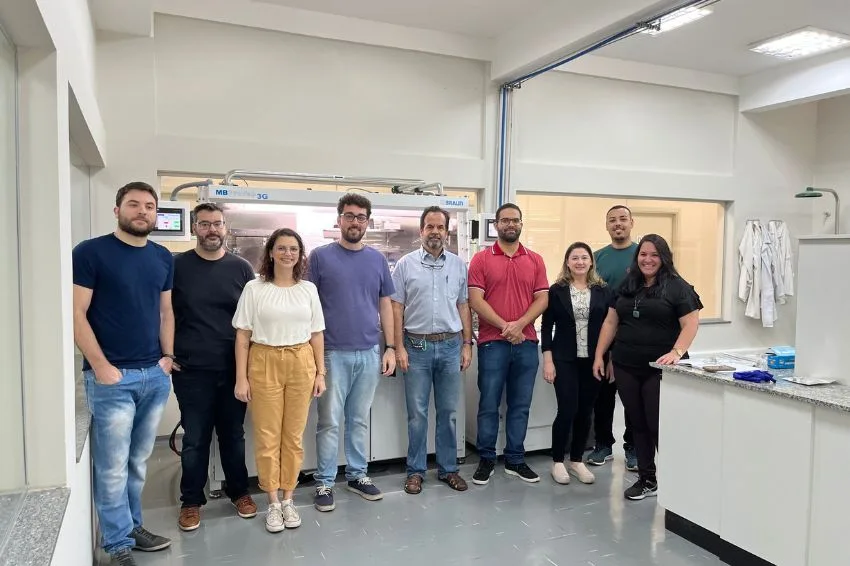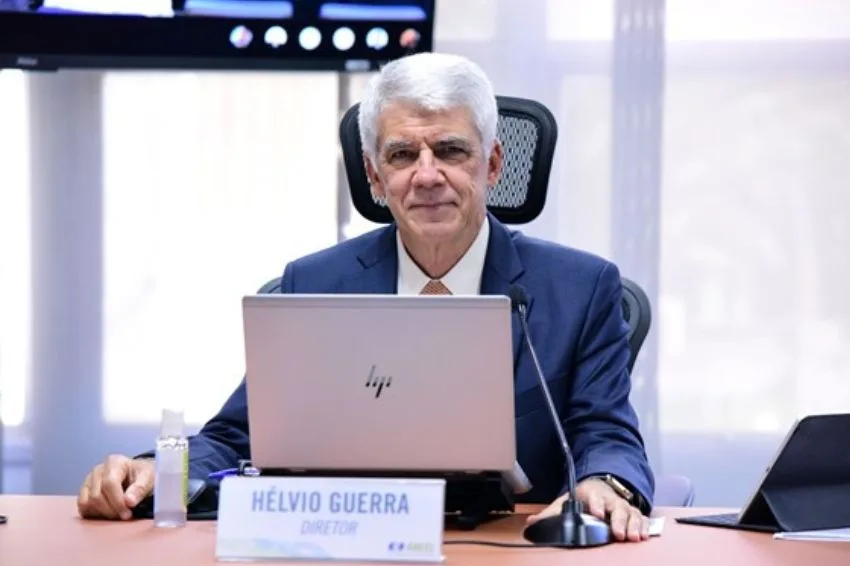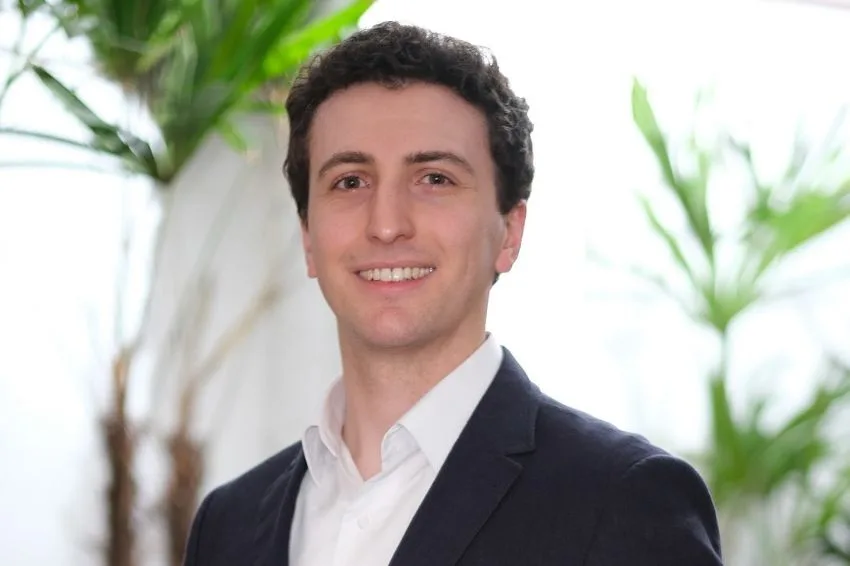You projects in development of green hydrogen at the Brazil already total more than US$ 30 billion, equivalent to approximately R$ 150 billion at current exchange rates. This is what Frederico Freitas, deputy secretary for green hydrogen at the INEL (National Institute of Clean Energy), in an exclusive interview with Solar Channel.
During the conversation, the executive also brought details about the actions which have been coordinated by the Department for the promotion of this fuel, highlighted what the current green hydrogen scenario in the country and stated that Brazil has everything to lead source production in the world in a short time if the Federal Government defines strategic actions for the commercialization and use of energy technology.
A INEL Green Hydrogen Secretary was created in August last year with the aim of promoting and accelerating the growth of fuel in Brazil. Check it out below the main sections of the interview with the deputy secretary of the Institute:

Frederico, what are the areas of activity of the INEL Green Hydrogen Secretariat?
INEL is an institute that defends the use of clean energy, regardless of what source it is. Our role with green hydrogen is to seek out the main players in the sector and companies that are developing projects to discuss their experiences with our working group, so that we can together promote public policies and develop technical studies.
Furthermore, INEL participates in several international forums and, at a time when we are developing public policies in Brazil, we seek to take this to events and act as a kind of catalyst to attract international companies and convince them that investing in the Brazilian market of hydrogen is an excellent business. These are, basically, the two axes of our work.
You spoke about carrying out studies on green hydrogen within this secretariat. What would they be?
Our main issue in developing studies is focused on taking advantage of the potential for hydrogen production through biological routes. Today, the whole world talks about hydrogen, but ends up limiting the discussion to electrolysis.
We understand that Brazil has enormous potential to produce hydrogen through biological routes. We also have the potential to produce this fuel with ethanol, biogas, biomethane and biomass. We are not against the electrolysis route, but we just understand that Brazil can lead hydrogen production through different routes.
And how do you see the role of solar energy in the green hydrogen production process?
I have no doubt: not only solar energy but other renewable sources will be fundamental in this process. In Brazil, hydrogen plants will not depend solely on a single renewable source, because anyone who knows how to build a good hydrogen plant will have to know how to work with a mix of sources.
The projects that are already under development are projects, for example, that use 10 to 15% from the grid. So, solar energy plays a fundamental role, mainly in the Northeast region where we have a large incidence of sunlight, while other sources will also be important in other regions.
Speaking of green hydrogen projects, what is the current scenario in Brazil?
Currently, the projects announced in Brazil already exceed the figures of US$ 30 billion (approximately R$ 150 million). In renewable energy alone, the project portfolio of the companies that are part of the INEL working group adds up to an additional 15 GW of energy for the production of green hydrogen in Brazil.
This 15 GW has the potential to produce 1.5 billion tons of green hydrogen per year. At the moment, we have between four and five projects being developed in Brazil.
The projects of Fertilizer Unigel in Camaçari (BA) and Raízen Energy, which is doing R&D with Shell in São Paulo, they are the best developed. The others are finalizing the fundraising process.
It is now possible to work with an estimate of payback for green hydrogen plants in Brazil?
It's still too early to talk about payback, because it's not a simple, linear calculation that can be done on a spreadsheet. There are other developments that are the result of government actions and that may or may not bring more attractiveness. We still need a signal on how the government will support this industry, whether with subsidies or fiscal investments, before carrying out any analysis.
With the great demand from European countries for green hydrogen, does INEL believe that Brazil will use green hydrogen more for export than for domestic use?
This will depend on an industrial policy on how Brazil will want to position itself in this market. When Europe says it wants hydrogen, it has a clear purpose for this fuel: it is industrial for the production of manufactured items.
In this sense, Brazil needs to position itself and make the most of this opportunity. What is better for the country: taking hydrogen to the Old Continent so they can produce steel or using green hydrogen to produce green steel internally and then selling it to European countries? This position needs to be well aligned by the Federal Government.
















